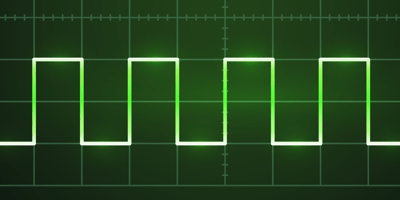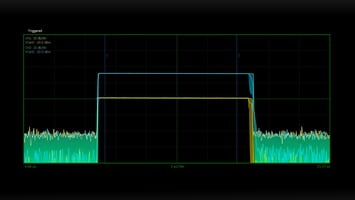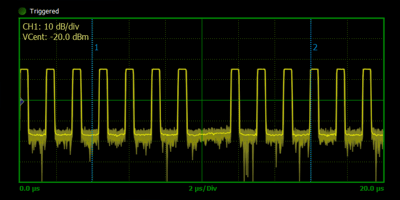Pulsed signals are used in various applications, such as radar and wireless communications. Using...
What Parameters Play a Crucial Role in Pulsed RF Signal Characterization?
Applications such as radar and communication systems rely on the control and manipulation of pulse-modulated RF signals. Peak power sensors are often used to measure and characterize pulsed waveforms to maintain optimal system performance. These test instruments offer fast rise times for pulse edge tracking, wide video bandwidth to accurately measure envelope power, fine time resolution to analyze pulse shape and timing, and triggering capabilities to control and synchronize pulse measurements.
Learn basic pulse parameters and characteristics in our "RF & Microwave FAQ: Pulsed RF Signals" playlist.
RF and microwave frequently asked questions featured in the playlist include:
What are pulsed RF signals?
A pulsed RF signal periodically changes between “on” and “off” states. The RF carrier signal is at a non-zero power level during the “on” state, while the “off” state reduces the signal strength completely in ideal conditions.
What is pulse width?
Pulse width is the time interval between a single pulse’s leading and trailing edges. It measures how long a single pulse is in its “on” state.
What is the pulse envelope of a signal?
The pulse envelope is a trace of the change in amplitude or shape of each pulse, which is often displayed on power measurement instrumentation. An ideal pulse envelope is completely rectangular with vertical leading and trailing edges. Real-world pulsed RF signals do not behave ideally and experience distortions that can impact performance.
What is overshoot?
Overshoot is a signal distortion where the waveform surpasses the desired value immediately after the pulse leading edge. This contrasts from ideal behavior where a pulse’s zero rise time seamlessly transitions to its top amplitude, creating a flat-topped rectangular shape.



